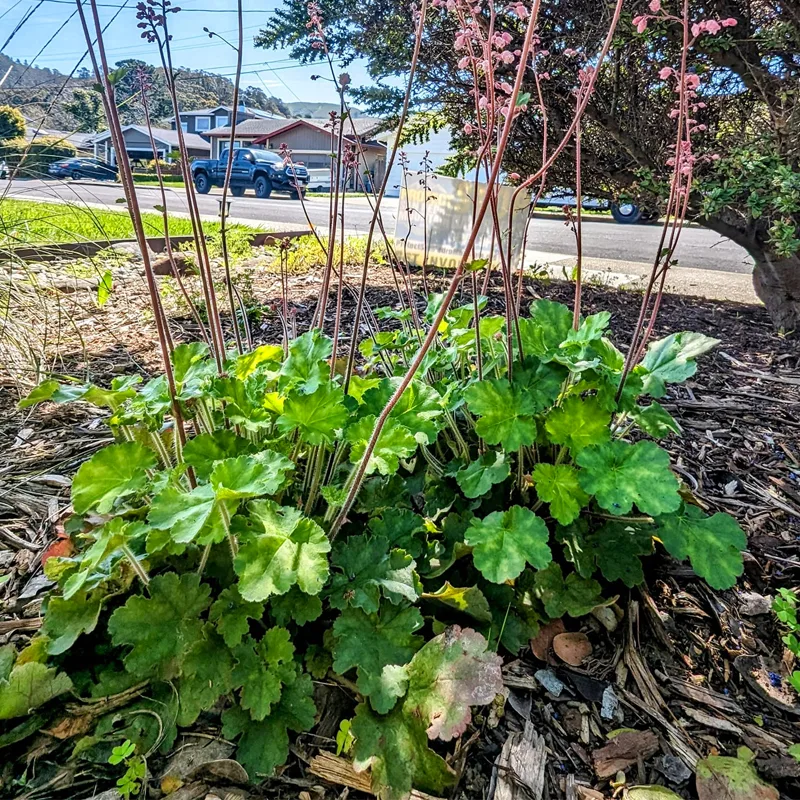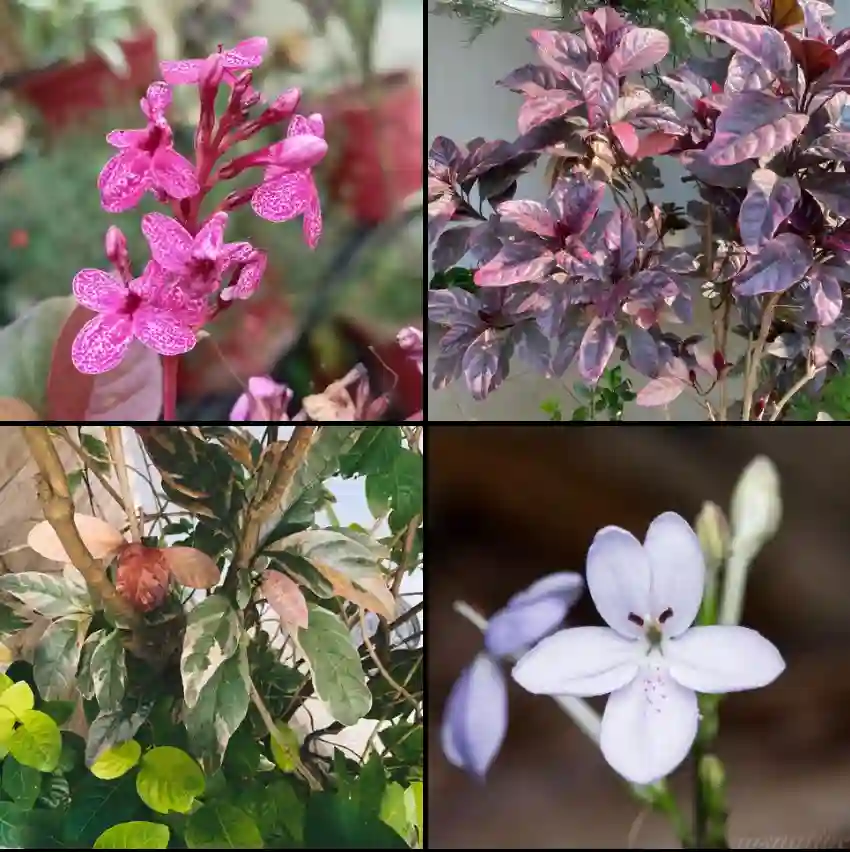
Abelia: A Gardener’s Guide by Ferb Vu
For years, I’ve been captivated by Abelia. These versatile shrubs offer a splash of color and beauty throughout the seasons, making them a favorite among gardeners. But with so many varieties and care requirements, I understand if you have questions. Let’s delve into the world of Abelia and answer some of the most common inquiries.
What is Abelia?
Abelia is a genus of flowering shrubs belong to the Caprifoliaceae family, native to eastern Asia. Known for their glossy evergreen foliage and vibrant blooms, they come in various sizes and colors, making them ideal for diverse landscaping needs.
What are the different types of Abelia?
There are several popular Abelia species, each boasting unique characteristics:
- Abelia schumannii: This dwarf variety features glossy, golden leaves and produces pink blooms throughout summer.
- Abelia chinensis: This evergreen variety showcases bronze-tinged new growth and white flowers in summer.
- Abelia forrestii (Diels) W.W.Sm.
- Abelia macrotera (Graebn. & Buchw.) Rehder
- Abelia parvifolia Hemsl.
- Abelia uniflora R.Br.
What are the benefits of planting Abelia?
Beyond their undeniable beauty, Abelia offers several advantages:
- Low-maintenance: Abelia are relatively easy to care for, requiring minimal pruning and thriving in various soil conditions.
- Long blooming season: Enjoy a profusion of blooms throughout summer and into autumn.
- Evergreen foliage: Most Abelia varieties retain their glossy green leaves year-round, adding winter interest to your landscape.
- Fragrant: Certain Abelia varieties, like A. x grandiflora, boast a pleasant fragrance that adds another dimension to your garden.
- Versatile: Abelia can be planted as hedges, borders, foundation plantings, or even container specimens.
How do I plant and care for Abelia?
Planting Abelia is a straightforward process:
- Choose a location: Select a spot with full sun to partial shade. Abelia tolerates a range of soil types but prefers well-drained conditions.
- Dig a hole: Dig a hole twice as wide as the root ball and just as deep.
- Prepare the plant: Gently loosen the roots of your Abelia before planting.
- Plant and water: Place the Abelia in the hole, ensuring the root ball sits slightly above the soil level. Backfill the hole and water thoroughly.
Here are some additional care tips:
- Watering: Water your Abelia regularly, especially during the first year after planting. Once established, they are moderately drought tolerant.
- Fertilizing: Apply a balanced fertilizer in early spring to encourage healthy growth and flowering.
- Pruning: Prune lightly after flowering to maintain shape and remove dead or overgrown branches. More drastic pruning can be done in late winter or early spring to rejuvenate older plants.
Abelia vs. Other Shrubs:
While Abelia offers a multitude of benefits, you might be curious how it compares to other popular shrubs. Here’s a quick comparison:
- Abelia vs. Butterfly Bush: Both are known for their long blooming seasons and ability to attract pollinators. However, Butterfly Bush can be invasive in some regions, while Abelia is generally well-behaved.
- Abelia vs. Spirea: Spirea offers similar low-maintenance care but blooms primarily in spring. Abelia provides a longer season of interest with its flowers and evergreen foliage.
- Abelia vs. Viburnum: Viburnum shrubs come in a wider variety of sizes and flower colors. However, some Viburnum varieties require more specific soil conditions and can be more susceptible to pests and diseases compared to Abelia.
Conclusion
Abelia is a fantastic choice for gardeners seeking a low-maintenance shrub with extended visual appeal. Their adaptability to various conditions and stunning blooms make them a valuable addition to any landscape. So, if you’re looking for a reliable and beautiful flowering shrub, consider adding Abelia to your garden. With proper care, these versatile plants will reward you with years of enjoyment.
If i die, water my plants!



